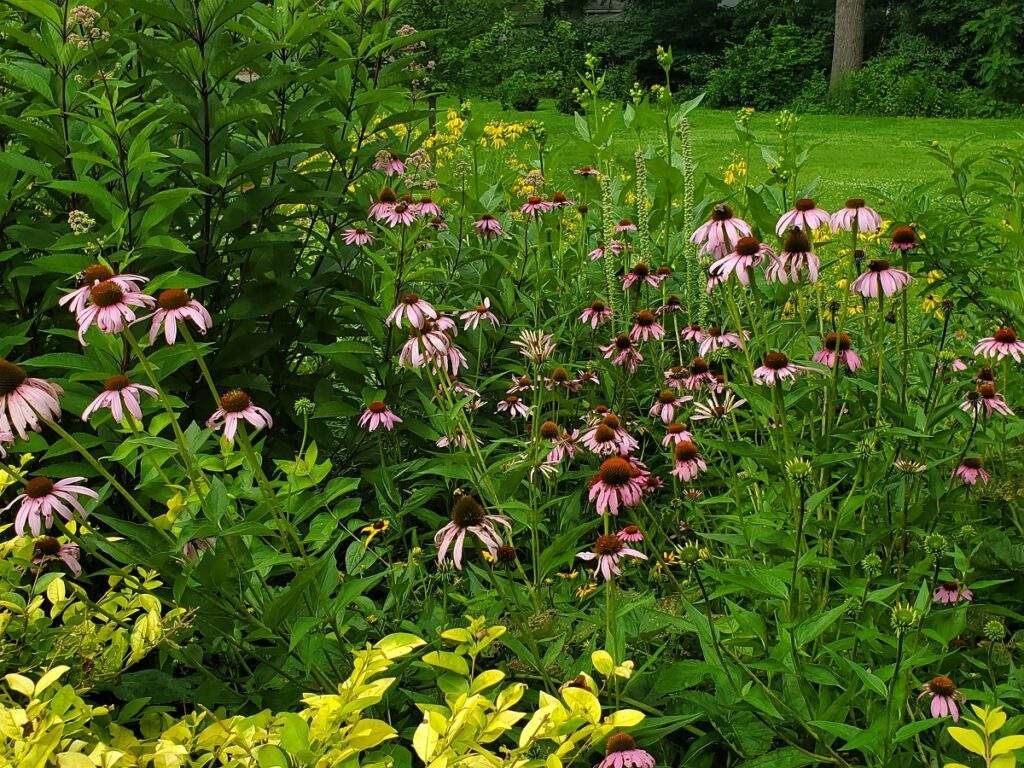
During heavy rain events, city streets and collection systems are bombarded with extra water that moves quickly and through paths of least resistance. In recent years, city planners across the country have been implementing more and more green infrastructure (GI) projects such as rain gardens or permeable pavers to allow rain to soak into the ground and take advantage of natural filtering rather than overwhelm treatment plants and surface waters.
Studies of green infrastructure have typically been focused on performance of the systems and surface water quality, but in 2021 the United States Environmental Protection Agency (EPA) completed a multi-year study on the impacts of green infrastructure to groundwater quality.
Three sites in Louisville, Kentucky, Yakima, Washington, and Fort Riley, Kansas with different types of green infrastructure were chosen to undergo intense monitoring of data such as temperature, PH, nutrients, metals, pesticides and other chemicals.
Data showed changes in concentrations of chemicals, salts, and other compounds in the groundwater as rainwater entered the ground. The levels did not reach a level of any health concerns, but the results did highlight the need for continued vigilance when changing groundwater conditions in areas where groundwater is primary drinking water source.
Whether your home or business are in drinking water protection area, near a city drain or next to a rain garden, it is always wise to take steps to prevent spills and dispose of chemicals properly so no pollution even enters the natural landscape or man-made water collection systems.
For a more detailed summary on the EPA study visit: https://www.epa.gov/sciencematters/assessing-impacts-green-infrastructure-groundwater-quality
The Indiana University’s Environmental Resilience Institute also maintains a map of green infrastructure projects at https://indiana-green-city-mapper-iu.hub.arcgis.com/.
